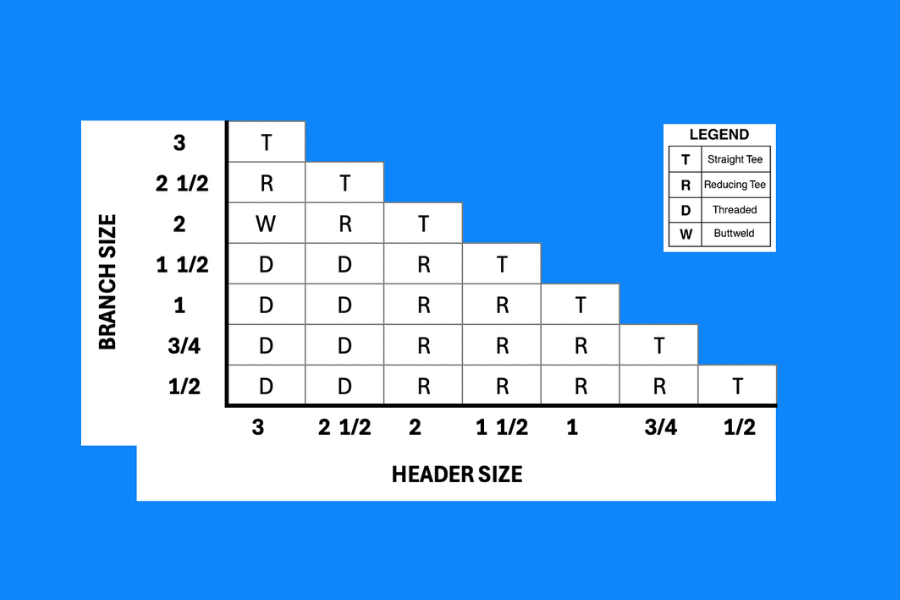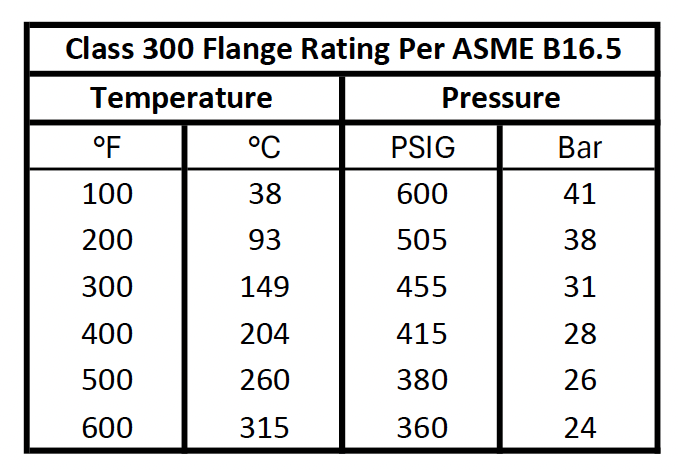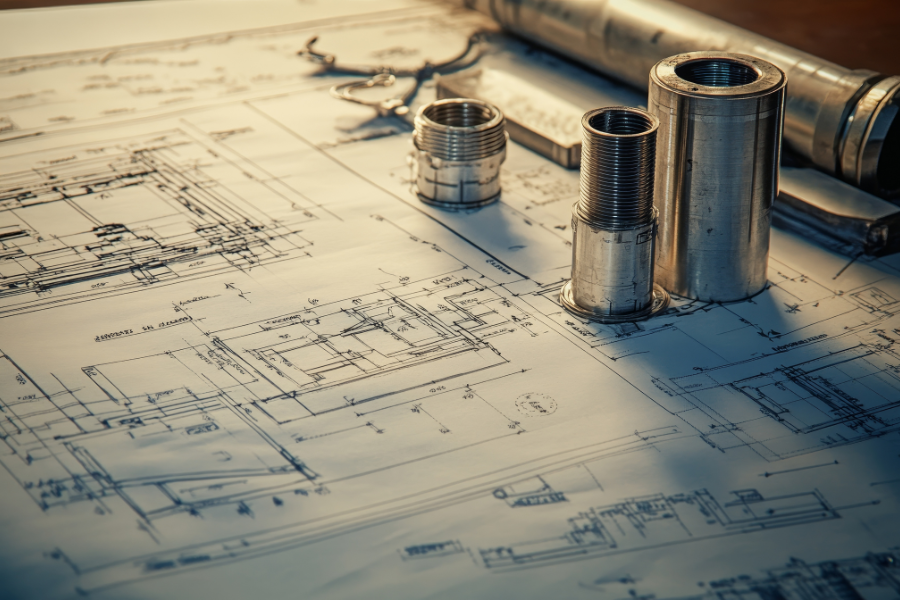A well-written spec controls not only what materials are used, but how they’re applied, what fittings are allowed, and how the system will perform in real operating conditions. Specs affect safety, cost, maintenance, and even how much rework shows up in the field.
If you’re thinking of them as just a list of materials, it’s time to look deeper.
What Is a Piping Specification?
A piping specification (or pipe spec) defines what materials, components, and connection methods are allowed for a specific service. It acts as a blueprint within your piping design software and a rulebook for what’s installed in the field. Specs typically include:
- Material selection (e.g., carbon steel, stainless, PTFE-lined)
- Schedule or wall thickness
- Flange rating (Class 150, 300, etc.)
- Gasket, bolt, and valve types
- Acceptable end connections
- Testing, examination, and fabrication requirements
Specs aren’t just about the pipe—they define the system. And they must consider process pressure, temperature, chemical compatibility, and construction practices.
What Actually Limits a Spec?
A spec’s limitations are usually determined by its weakest component—not the pipe wall. Most often, this is the flange class, gasket material, or valve body rating.
Temperature is also a major factor. A Class 150 flange has very different pressure limits at 100°F vs. 400°F. That’s why specs usually include a flange rating chart by temperature—and why it’s critical to consider operating temp, not just pressure.
Specs vs. Materials: Not Interchangeable
A common misconception is that a piping specification is simply a material decision—like choosing between carbon steel and stainless. But a spec defines much more: connection types, flange classes, gasket materials, bolt requirements, and valve trim. It ensures that every component works together, not just individually.
It’s also worth noting that “Class 150” and “150#” are often used interchangeably, but they aren’t technically the same. Class 150 refers to a pressure-temperature rating defined by ASME standards like B16.5, while 150# or 150LB is a more generic label sometimes applied to components that don’t meet the same dimensional or material standards—particularly in threaded fittings. Always confirm the applicable standards and ratings, especially in critical or code-governed systems.
You might be surprised to learn that a Class 150 flange can be rated for over 200 psi—but only at low temperatures. As temperature increases, that same flange’s allowable pressure drops significantly. Specs are what define these limits in practice—and applying them correctly is what keeps systems safe and compliant.
What’s on a Piping Specification Card
To really decode piping specs, you need to know how to read a spec card. While formats vary, most include five core sections:
1. Header
- Service name (e.g. general service, steam, specific process)
- Design code (e.g., ASME B31.3)
- Pressure/temp rating
- Corrosion allowance
- Required testing, weld procedures, or stress relief
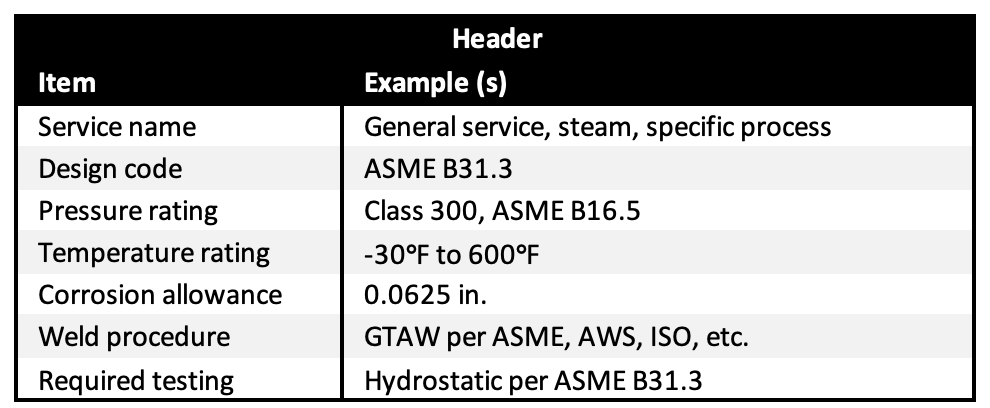
2. Component Table
- Itemized list by NPS (pipe size)
- Schedule, end type, description, material spec
- Covers pipe, fittings, valves, gaskets, bolts
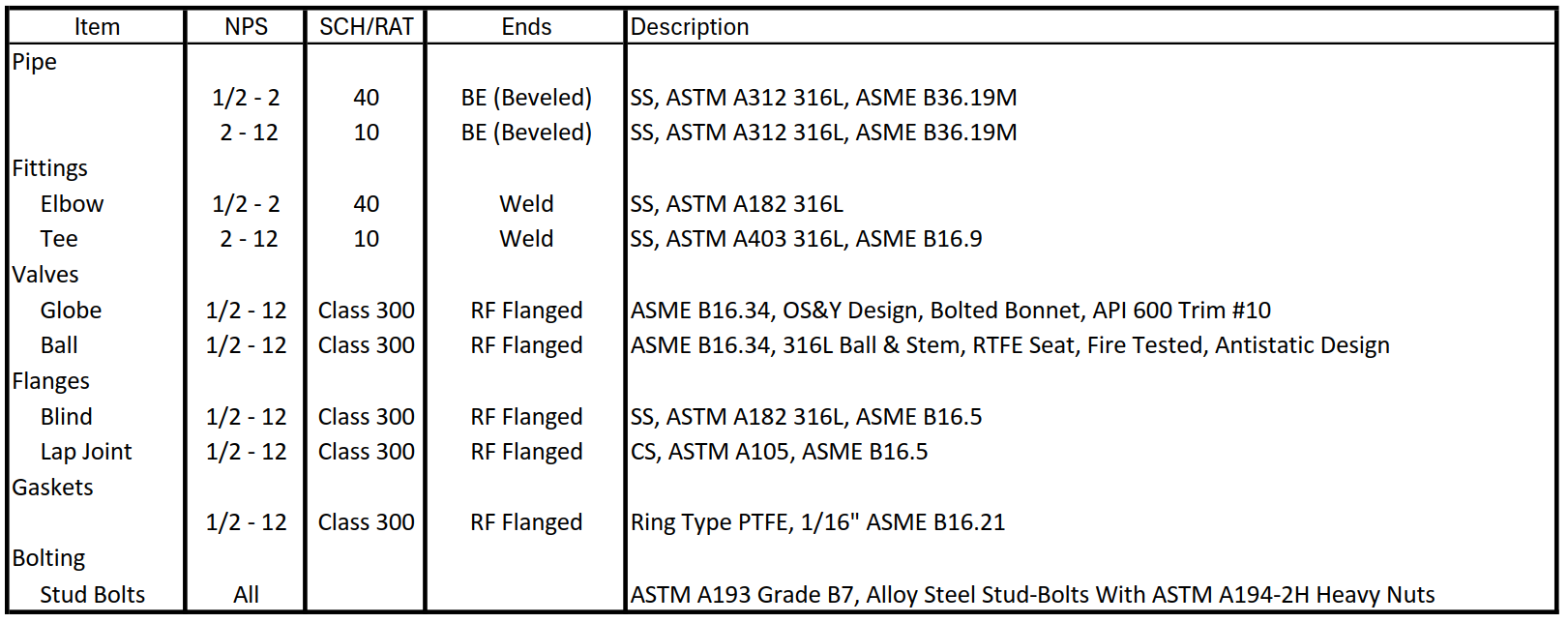
3. Flange Rating Table
- Shows allowable pressures by temperature
- Based on ASME B16.5 or B16.47 rating class
- Note that this is typically, though not always – the limiting component
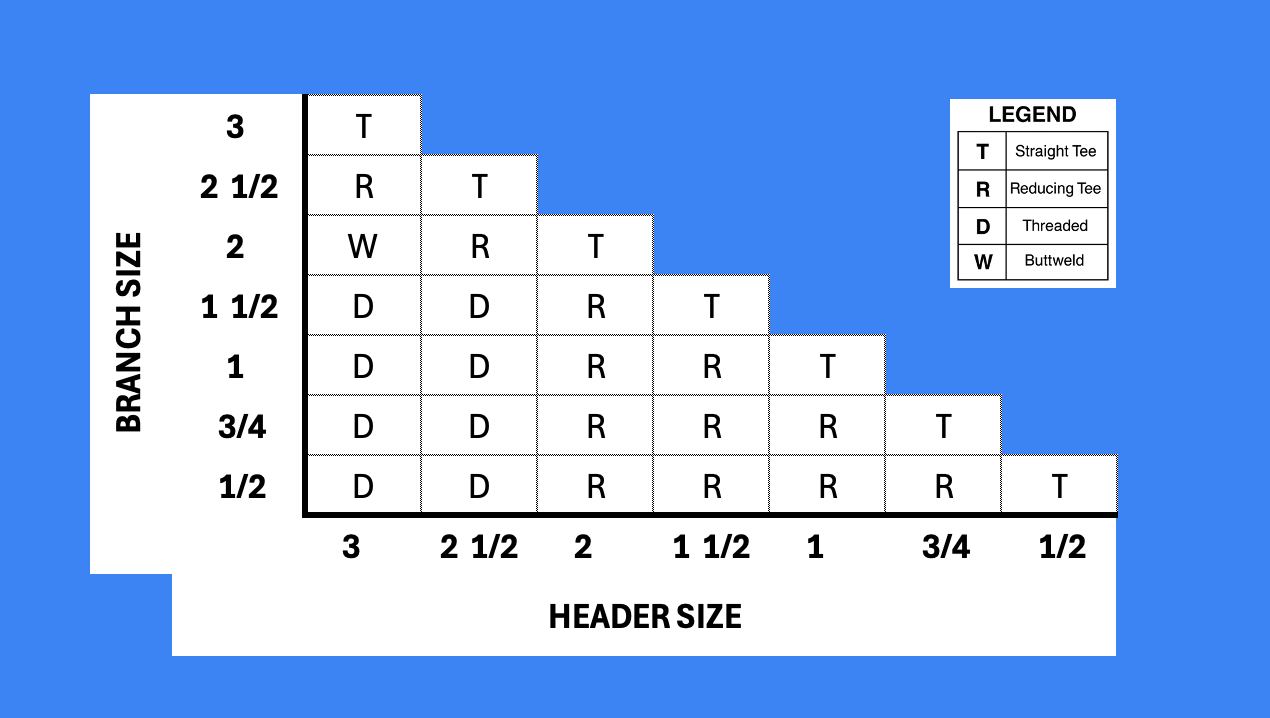
- Tells you how branch connections should be constructed between header and branch sizes (e.g., W = Buttweld, R = Reducing tee)
- Legend defines each letter’s meaning
5. Notes Section
- These are more than boilerplate. They often include:
- Specific or specialty service notes
- Safety cautions (e.g., valve requirements for hazardous fluids)
- Marking requirements
- Fabrication instructions
When to Use or Write a New Spec
Most companies already have a set of standard specs for utilities and common process fluids. We typically start there—but specs must be validated against:
- The actual fluid chemistry and temperature
- The pressure class of equipment it connects to
- Special installation needs (e.g., specialty component connections, hazardous area classification)
If nothing fits, we’ll write a new spec—but more often we tweak an existing one to suit the process.
What Happens When Specs Go Wrong?
Here are a few real-world examples:
- Wrong material: Using carbon steel for DI water caused rapid corrosion within months.
- Underrated components: Gaskets rated for 250°F failed in a 375°F system. The flange matched—but the gasket didn’t.
- Poor mechanical integrity: Brand new schedule 10 pipe didn’t meet a site’s mechanical integrity standards, requiring a change over to schedule 40.
- Spec misalignment: CPVC pipe for overhead lethal service—chemically okay, structurally risky for the service.
- Quick connects in flammable service: Technically compatible, but can be operationally unsafe.
Our Approach to Spec Integration
- Proactively request and review customer piping specs
- Audit specs for use in proposed service
- Suggest meaningful, practical tweaks for compatibility with service
- Integrate specs into design software (e.g., Plant 3D) to ensure consistency and alignment with design efforts
- Document exceptions and align with safety standards
Final Thoughts: Spec Compliance Isn’t Enough
You can follow a spec and still get it wrong—if the spec doesn’t match your process. The goal is not just compliance, but long-term service.
A well-matched piping spec:
- Meets code and safety needs
- Fits the process and budget
- Avoids future maintenance surprises
- Supports clean, constructible design
A spec is a decision, not a formality. And it deserves the same attention as any major piece of process equipment – because it drives how that equipment is integrated and operated.
